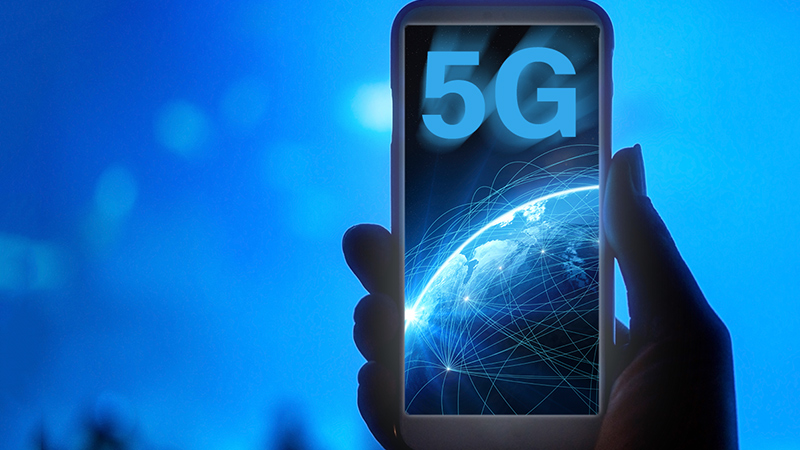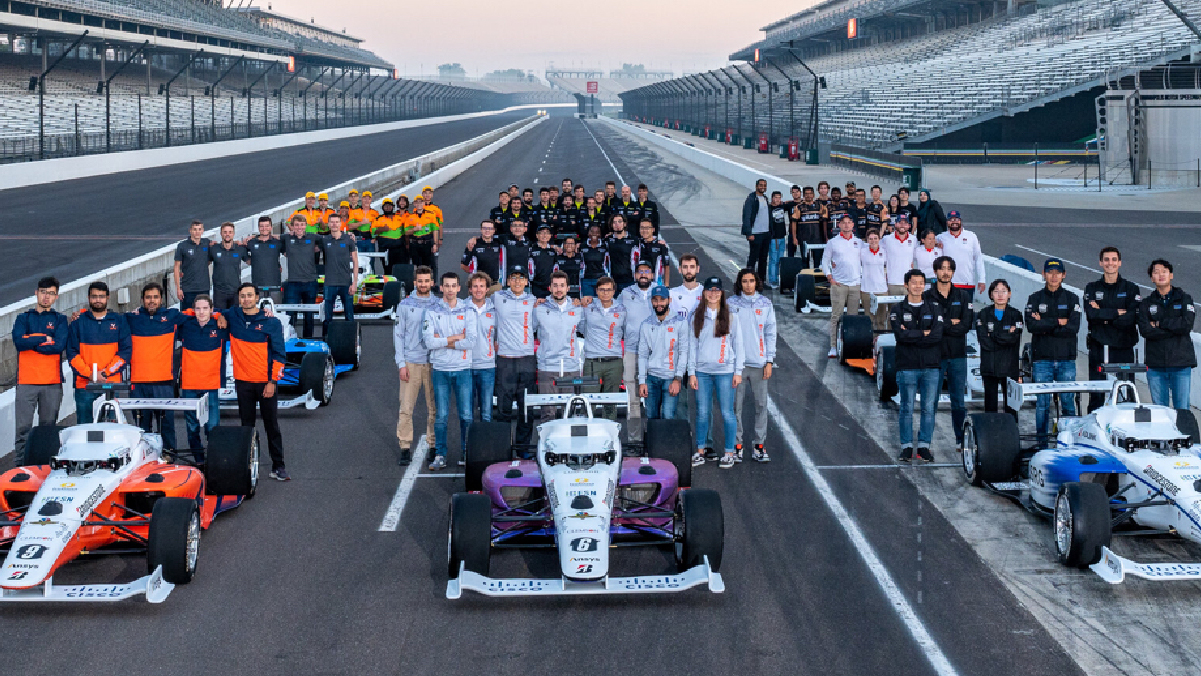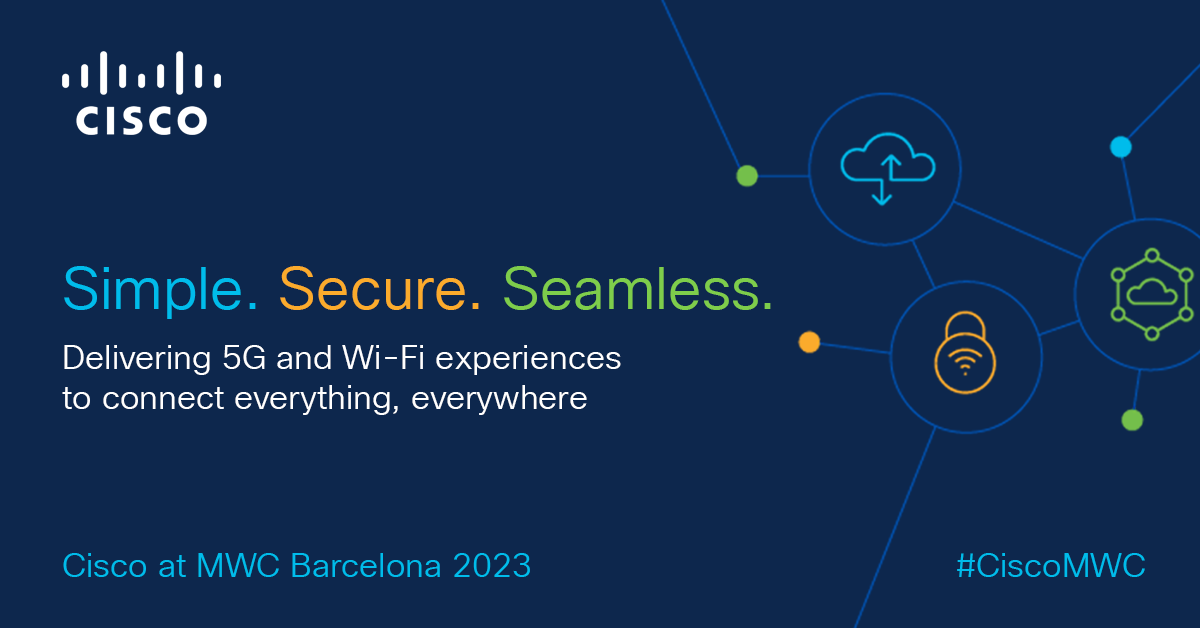For years, experts have predicted that 2020 would be the year of 5G, where everything suddenly everyone becomes more connected. Looking back, the hype was real but the network rollouts left something to be desired. CNET writes that instead, 2020 will be different—and better—when it comes to 5G. Various mobile carriers will expand their 5G services into more cities, and devices will be able to run on older generations of wireless tech in addition to 5G.
While we might not have everything that was predicted for 2020 (autonomous cars?), we are much closer to a world of ubiquitous connectivity that is scorching fast. The combination of 5G and Wi-Fi 6 are making this a reality, providing the responsiveness and performance to support entirely new classes of applications and experiences. It looks like the 5G era has a bright future in 2020 and the rest of the decade, especially if the Internet has the right infrastructure.
Here's what you should know about 5G in 2020:
5G is the fifth generation of cellular network technology
Let’s do a brush up on 5G: 5G is the next generation of cellular technology which is designed to increase speed, reduce latency, and improve flexibility of wireless services. With 4G, you saw speeds in the 10s to 100s of Mbps, but with 5G you’ll be able to enjoy speeds up to 20 Gbps! That means that digital experiences will be transformed, and things like online gaming and video conferencing will be clearer and faster.
Cisco building a new Internet for 5G
Cisco recently unveiled its brand-new end-to-end networking portfolio in December, including its new silicon Cisco Silicon One, optics, and new software. This “Internet of the Future” starts with the Silicon One hardware that provides a programmable silicon architecture. This architecture will be the foundation of Cisco’s routing portfolio. The new Cisco 8000 Series product line uses the Cisco Silicon One Q100 processor and is designed to reduce the cost of building and operating 5G networks in 2020.
5G domination will be gradual - not overnight
CNN Business writes that while service providers are competing against each other in the 5G race, it might take a few more years before we are all using it in our daily lives. More likely, it will be the year 2025 before 5G will be available to everyone. Currently, service providers are launching 5G networks, but they are mostly low-band networks, which offer a minimal performance improvement. As these deployments expand, we’ll experience the true power and potential of 5G - an exciting blend of high bandwidth, low latency, and better coverage. This will usher in a new era of of 5G-specific apps for things like car-to-car communication, smart streetlights, and real-time traffic management.
Expect spotty, not blanket coverage
Not all 5G will be the same, either. Low- and mid-band 5G are forms of the mobile technology that are easier to deploy in large regions like existing LTE networks. There’s also mmWave (millimeter wave) spectrum, the band of spectrum between 30 GHz and 300 GHz, which is used for high-speed wireless communications. Because mmWave requires newer and more transmitters to work properly, it has scattered coverage and can have trouble getting through some physical objects.
5G will change how you work and play
5G will enable better quality in almost all aspects of your mobile device. For work, 5G will enable all of the functionality of a desktop onto your phone—including things like artificial intelligence and crystal-clear video conferencing. More employers will be able to hire employees regardless of location, as the high-speed connection will keep everyone productive.
For those who are looking forward to playing games on their 5G phones, get excited. Fast Company writes that the new mobile generation will make our phones even more addictive with augmented and virtual reality experiences and virtual environments for sports events and movies.
5G and Wi-Fi 6: Complementary tech enables ubiquitous connectivity
Wi-Fi 6, or 802.11ax, is the sixth generation of Wi-Fi which promises more speed, lower latency, and increased device density. Wi-Fi 6 will typically be the better choice for indoor networks, as it is simple and powerful, and also reasonable to scale for large areas like stadiums and convention centers. 5G will be ideal for the outdoors, like in bullet trains or cars. Wi-Fi 6 and 5G share many similar attributes which lend them to better seamless roaming. Together, the two enables mobile users to automatically roam across Wi-Fi and cellular networks. That means no more lags whether you’re at a concert, the airport, a coffee shop, or walking between all three.
Learn more about what Cisco is doing with 5G and Wi-Fi 6 here.
###
We welcome the re-use, republication, and distribution of "The Network" content. Please credit us with the following information: Used with the permission of http://thenetwork.cisco.com/.




